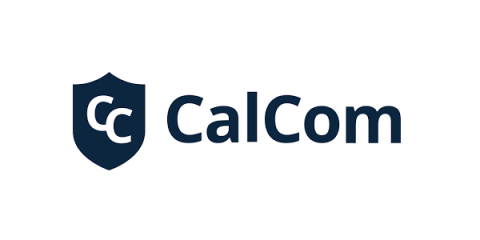What You Need to Know About 2025 Data Privacy Regulations in the U.S.
In an era where data breaches make headlines almost weekly and cybercrime costs businesses billions annually, states across the U.S. are taking decisive action to protect their residents’ sensitive information. From California’s groundbreaking privacy laws to New York’s rigorous cybersecurity requirements for financial institutions, state-level regulations are rapidly evolving to address the complex challenges of digital data protection.



